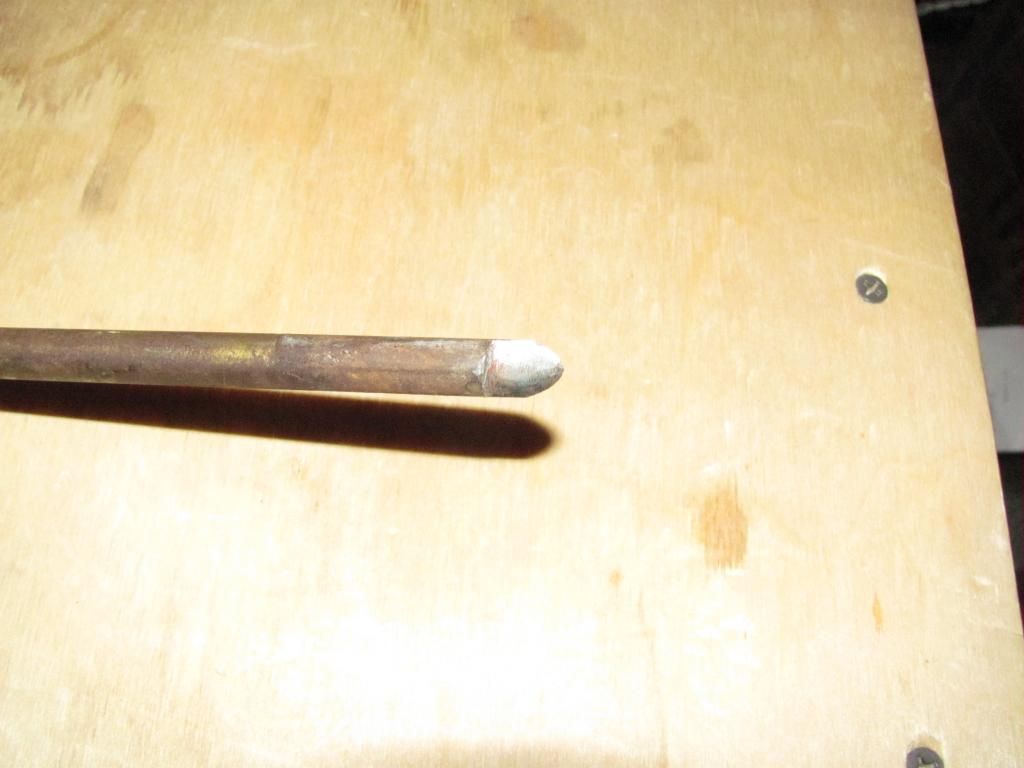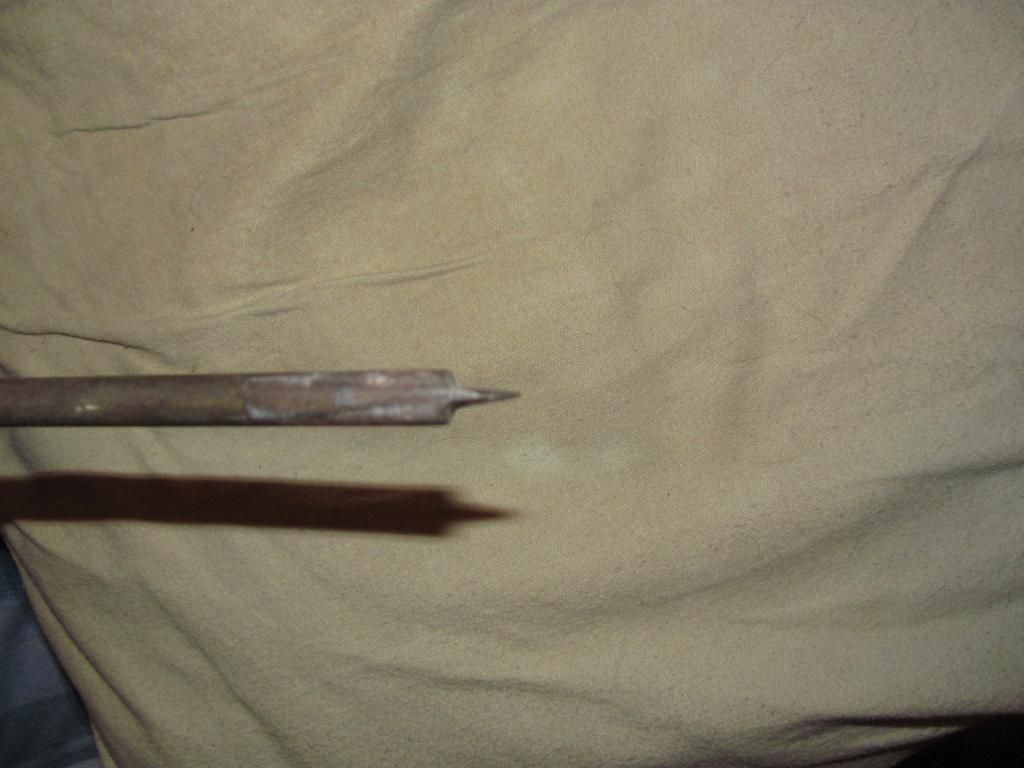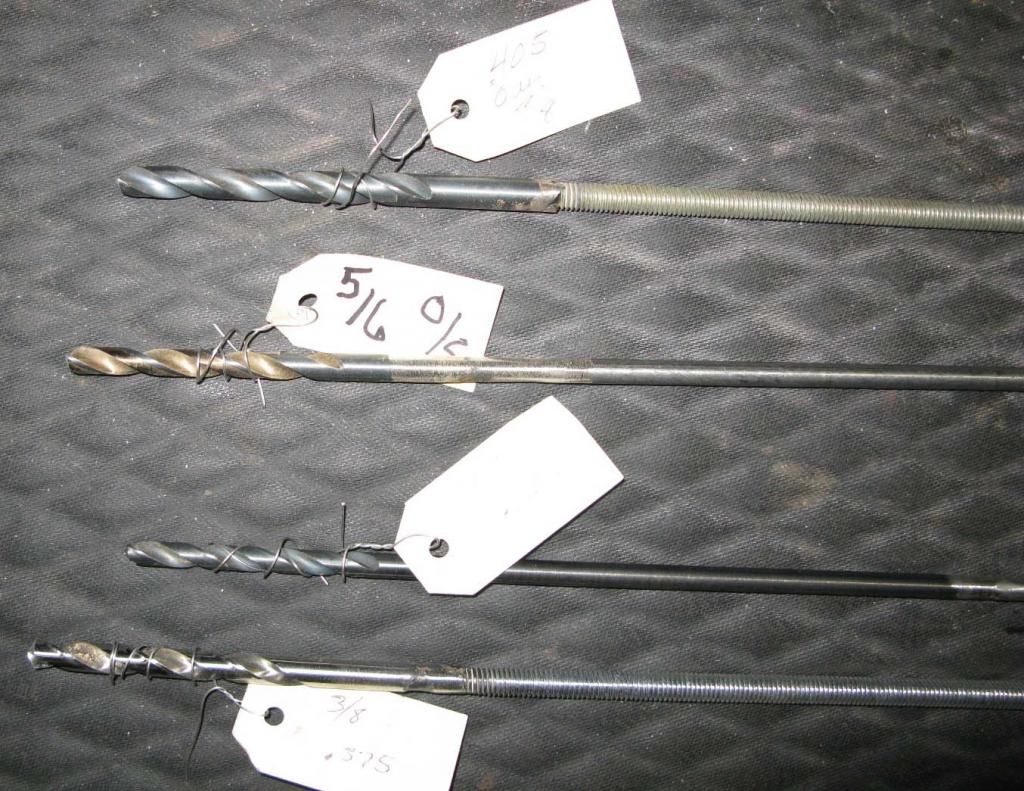- Joined
- Feb 2, 2015
- Messages
- 64
- Reaction score
- 7
I'm new here with a question on a .36 cal. FL I'm starting to put together with a pre-carved and a bunch of parts. I need a ramrod hole slightly larger than 5/16". All is well until the bore goes in the enclosed area the last 3-4" at the breech. Here it is drilled 5/16" for about an inch then gets smaller for some reason. Unfortunately, the wood I need to hog away is on the bottom of the bore, so a regular drill bit would make the web to thin. Any ideas would be appreciated. BTW, this is a great website for pointers, but I have to scroll fast through the pictures of great work so I don't get so intimidated that I take up a new hobby. :grin:








